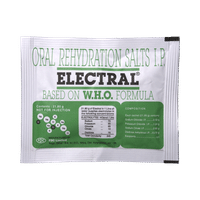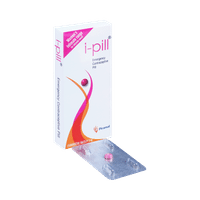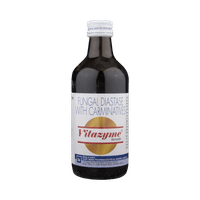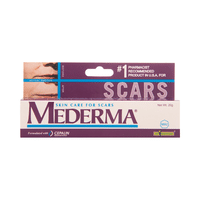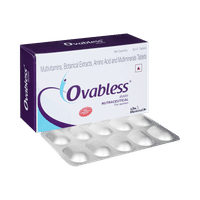Rs.356for 1 tube(s) (30 gm Ointment each)
Available in other variants
food interaction for Halotop-S
alcohol interaction for Halotop-S
pregnancy interaction for Halotop-S
lactation interaction for Halotop-S
medicine interaction for Halotop-S
food
alcohol
pregnancy
lactation
medicine
No interaction found/established
No interaction found/established
Halotop-S Ointment may be unsafe to use during pregnancy. Although there are limited studies in humans, animal studies have shown harmful effects on the developing baby. Your doctor will weigh the benefits and any potential risks before prescribing it to you. Please consult your doctor.
CONSULT YOUR DOCTOR
Halotop-S Ointment is probably unsafe to use during breastfeeding. Limited human data suggests that the drug may pass into the breastmilk and harm the baby.
CONSULT YOUR DOCTOR
No interaction found/established
SALT INFORMATION FOR Halotop-S
Halobetasol(0.05% w/w)
Uses
Halobetasol is used in the treatment of Skin conditions with inflammation & itching.
How it works
Halobetasol is a steroid which works by blocking the production of certain chemical messengers in the body that cause inflammation (redness and swelling) and allergies.
Common side effects
Rash, Stinging sensation, Itching, Erythema (skin redness), Burning sensation, Hypothalamic-pituitary-adrenal axis suppression, Skin atrophy, Vitiligo depigmentation, Acne, Secondary infections, Telangiectasia, Dry skin, Miliaria (sweat rash), Paresthesia (tingling or pricking sensation), Herpes zoster, Skin discoloration
Salicylic Acid(3% w/w)
Uses
Salicylic Acid is used in the treatment of acne.
How it works
Salicylic Acid is a keratolytic medication. It treats pimples (acne) by penetrating into the skin and killing acne-causing bacteria. It additionally reduces oil production in the skin, replenishes acne-prone skin, and it also keeps your pores open.
Common side effects
Erythema (skin redness), Scaling, Sensitivity, Dryness, Irritation
SUBSTITUTES FOR Halotop-S
34 Substitutes
34 Substitutes
Sorted By
 Rs. 136save 25% more per gm of Ointment
Rs. 136save 25% more per gm of Ointment Rs. 218pay 14% more per gm of Ointment
Rs. 218pay 14% more per gm of Ointment Rs. 351save 3% more per gm of Ointment
Rs. 351save 3% more per gm of Ointment Rs. 223.75pay 25% more per gm of Ointment
Rs. 223.75pay 25% more per gm of Ointment Rs. 188.80pay 3% more per gm of Ointment
Rs. 188.80pay 3% more per gm of Ointment
Expert advice FOR Halotop-S
- Halobetasol helps treat inflammation, severe allergies, flare-ups of ongoing illnesses, and many other medical problems that require either reduction of inflammation or suppression of the immune system.
- Do not use it more often or for longer than advised by your doctor.
- Take it with food to avoid an upset stomach.
- Halobetasol can make it harder for you to fight off infections. Notify your doctor if you have any signs of infection such as a fever or sore throat.
- Halobetasol is used to treat the redness, swelling, itching, and discomfort of various skin conditions.
- It should be applied to the affected areas as a thin film two or three times daily, or as advised by your doctor.
- Don't use it more often or for longer than advised by your doctor.
- Don't cover the area being treated with airtight dressings such as bandages unless directed by a doctor, as this may increase the risk of side effects.
- If you think the area of skin you are treating has become infected you should stop using Halobetasol and consult your doctor.
- Consult your doctor if your skin condition has not improved after 2 weeks of treatment.
- Side effects such as mood changes or stomach problems can happen when you start taking Halobetasol. Inform your doctor if this bothers you.
- Do not stop taking Halobetasol suddenly without talking to your doctor first as it may worsen your symptoms.
Frequently asked questions FOR Halotop-S
Halobetasol
Q. What is Halobetasol used for?
Halobetasol is used on the skin to relieve inflammatory and itchy skin diseases. It also helps in reducing redness, scaling and swelling associated with these conditions. Do not take this medicine without consulting your doctor.
Q. How to use Halobetasol?
It should be rubbed gently on the affected skin twice daily for a maximum of about 2 weeks. In case, you do not find any considerable improvement within 2 weeks, consult your doctor for reevaluation.
Q. What should I do if I forget to use Halobetasol?
If you forget to use Halobetasol, do not worry and continue using Halobetasol as soon as you remember. However, if you are not sure and have any other doubts, please consult your doctor.
Salicylic Acid
Q. How should Salicylic Acid be applied?
You should remove all of the make-up. Wash your hands and the affected area and gently dry. Put a thin layer of Salicylic Acid cream on the affected skin, using your fingertips. Apply it to the entire area affected by acne, not just each spot. After applying, wash your hands thoroughly with water.
Q. Should Salicylic Acid be left overnight?
At the beginning of the treatment, Salicylic Acid is usually used once daily in the evening. The area is not washed off after application of Salicylic Acid, so it can be left overnight unless you experience irritation. However, if you experience irritation, consult your doctor.
Q. What should prompt me to discontinue Salicylic Acid?
You should discontinue Salicylic Acid and consult your doctor if you experience severe local irritation, which means severe redness, dryness and itching and stinging/burning sensation.













